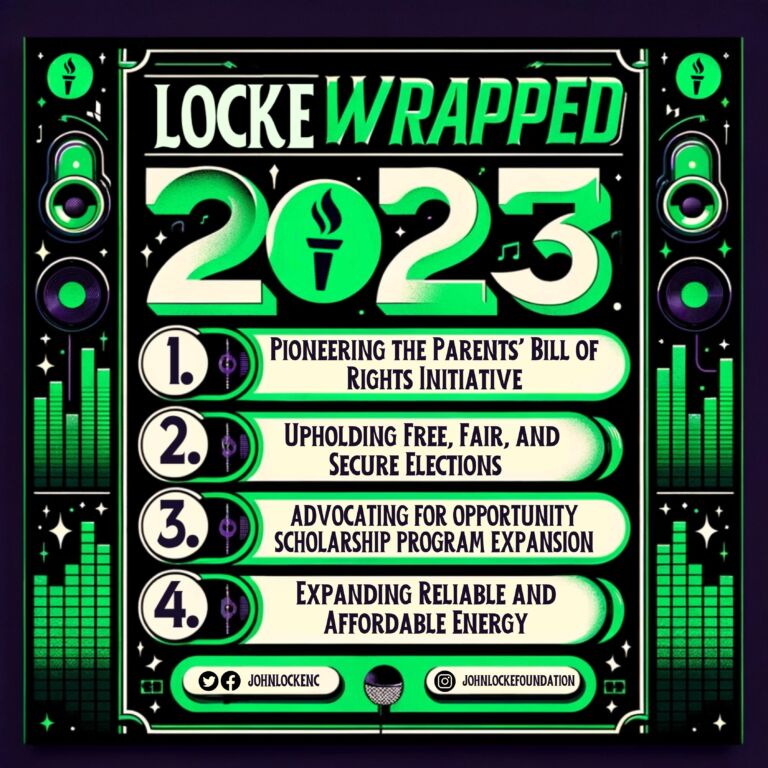Many major media outlets decided not to show the controversial cartoons that provoked a terrorist attack on the Paris office of Charlie Hebdo magazine. The absence of those images from media coverage of the attack reminds Commentary editor John Podhoretz of another equally bad media decision.
On the night of September 11, 2001, ABC News made a conscious decision that was mimicked by the other broadcast networks in the following days: It would stop showing images of the attacks on the World Trade Center. In an age when extreme depictions of violence have become everyday matters on television, footage of planes smashing into buildings have been notable for their relative absence.
More than a decade later, ABC News’s then-president, David Westin, reminisced about a television special he produced on the night of the attacks and on which children asked experts about what had happened: “It was during the course of that special that one of the experts made the important point that children process information and video differently than adults. Every time they saw a video of the planes coming in and the buildings coming down, children might well think it was happening again…From that day we have not shown a moving video of the attack.”
Never mind that it was the most important video footage of the 21st century, with the most powerful repercussions. Because an “expert” said children might misunderstand what they were seeing, it was not to be seen, said Westin. I did not believe him then, and I do not believe him now. Rather, I am certain Westin and others decided that the incendiary footage was literally too incendiary—that it had a problematic emotional effect on people which would lead to bad things, such as, say, the certain explosion of Islamophobia about which we were constantly warned in the wake of 9/11. This act of censorship was designed to limit the discussion of 9/11, not to expand it; to create boundaries around it that these self-appointed gatekeepers of the public weal were certain had to be drawn and maintained.
And so it has been with the Muhammad cartoons that triggered the terrorist attack in Paris on Charlie Hebdo magazine. It did not matter that they were the news, as the attacks on the towers were the news; they were not to be seen. Media outlets refused to run them, including the New York Times, supposedly out of sensitivity to the fragile sensibilities of those who might be offended by them.
Let us assume for a moment that this assertion was not a lie. Let us assume the real reason the Times and others wouldn’t run the cartoons is not that they were deathly scared that they and their personnel would be targeted by terrorists if they did so. Rather, let us assume they were telling us the truth; that Dean Baquet, the editor of the New York Times, chose to concern himself not with providing his audience with necessary information but rather (as he said) with protecting the delicate emotions of a Muslim family in Brooklyn.
But if we take Baquet at his word, he was not, in fact, exercising an editorial judgment; he was, rather, deliberately limiting the knowledge he otherwise would have imparted to that family because … he knows what is best for them.
Baquet and his ilk were, in other words, acting not as editors but as censors.


